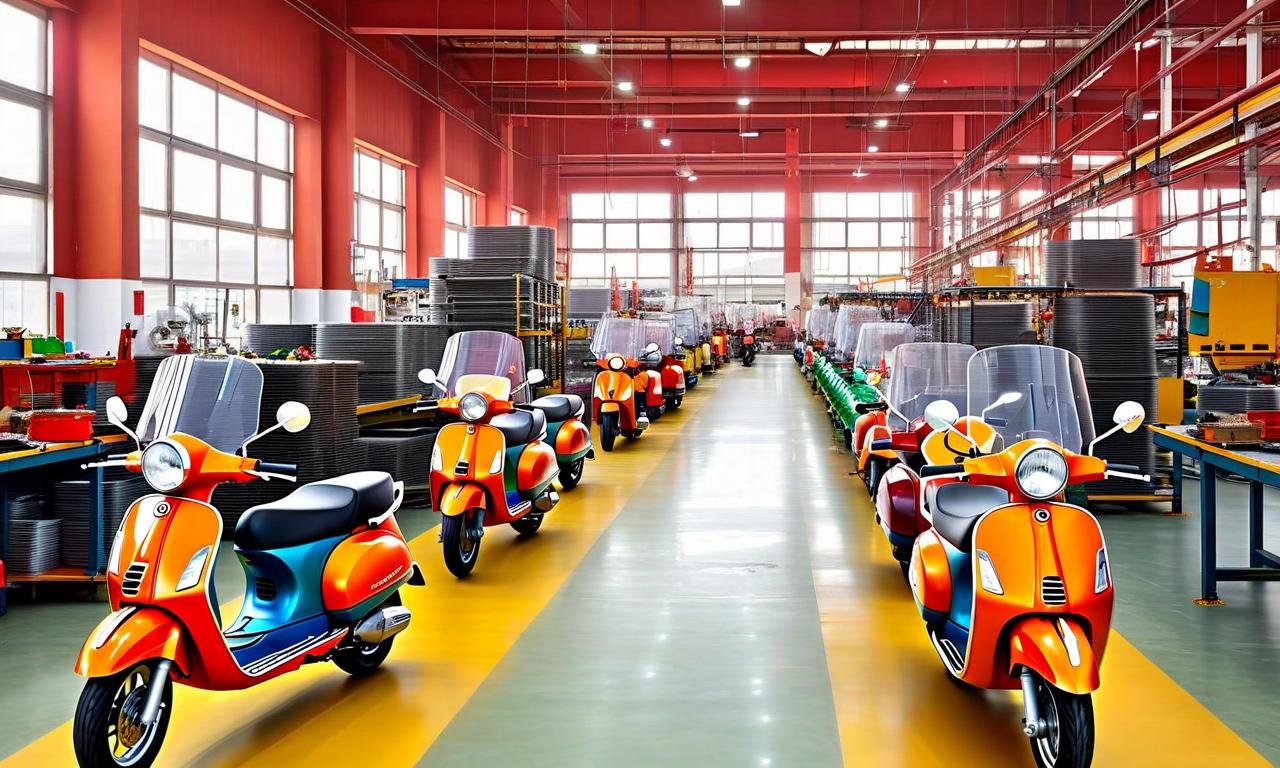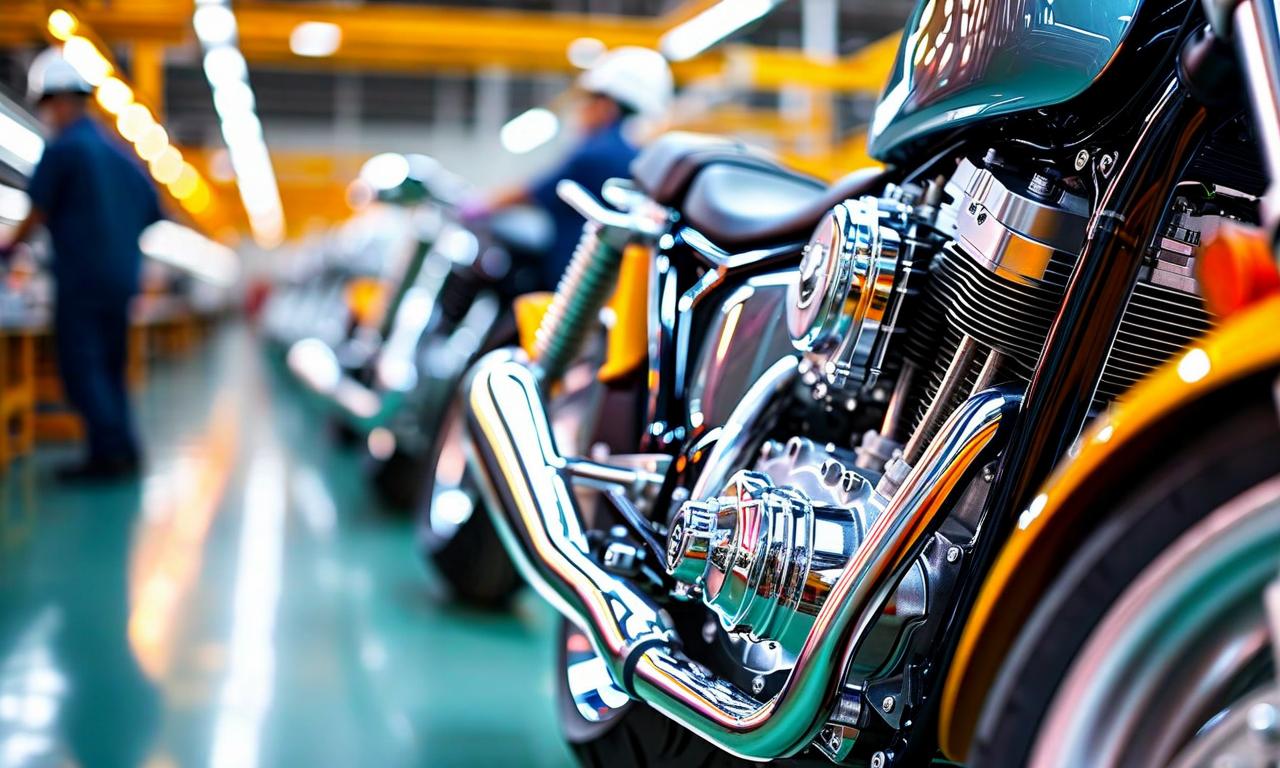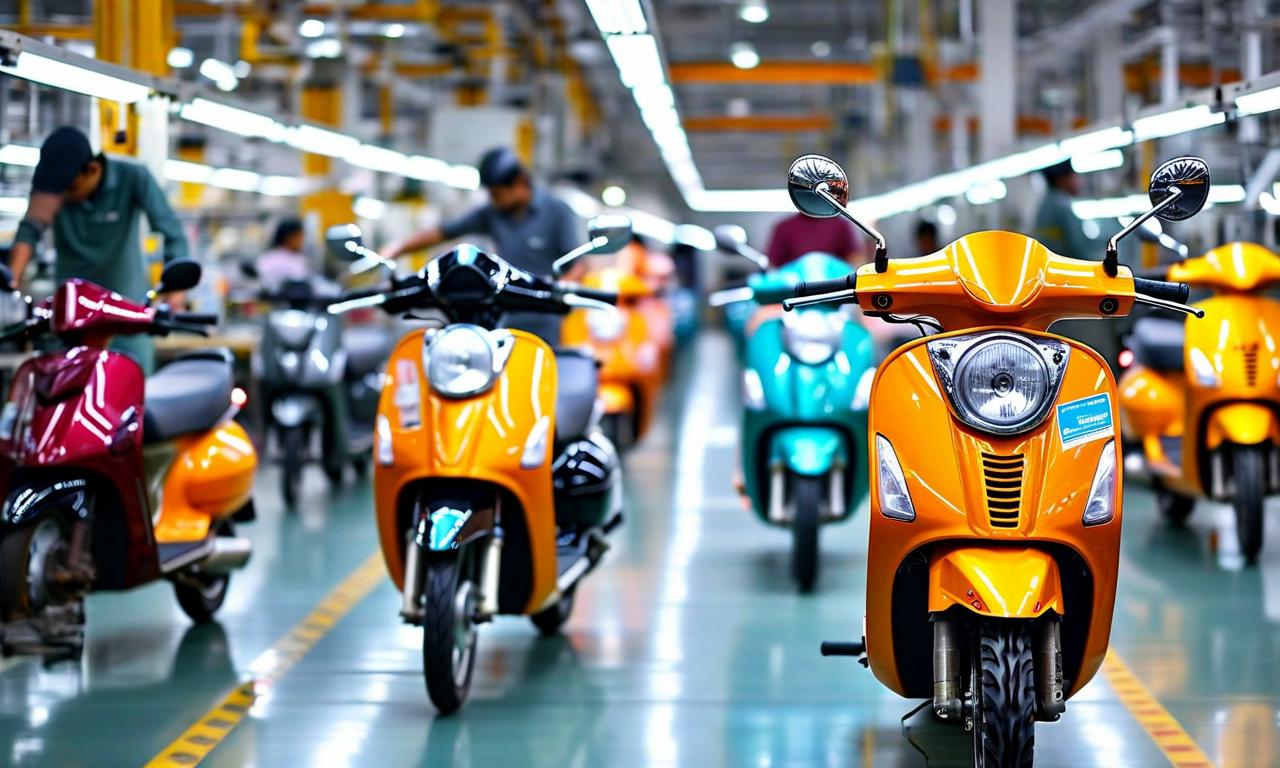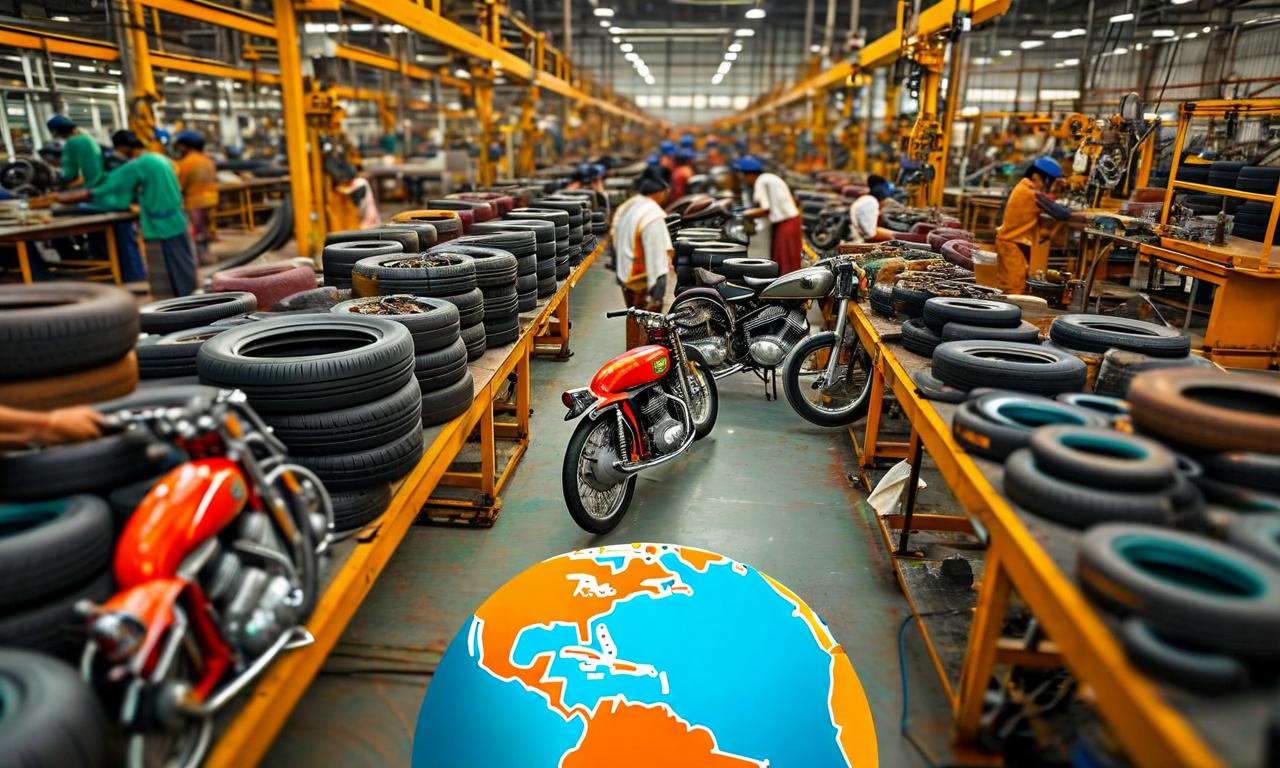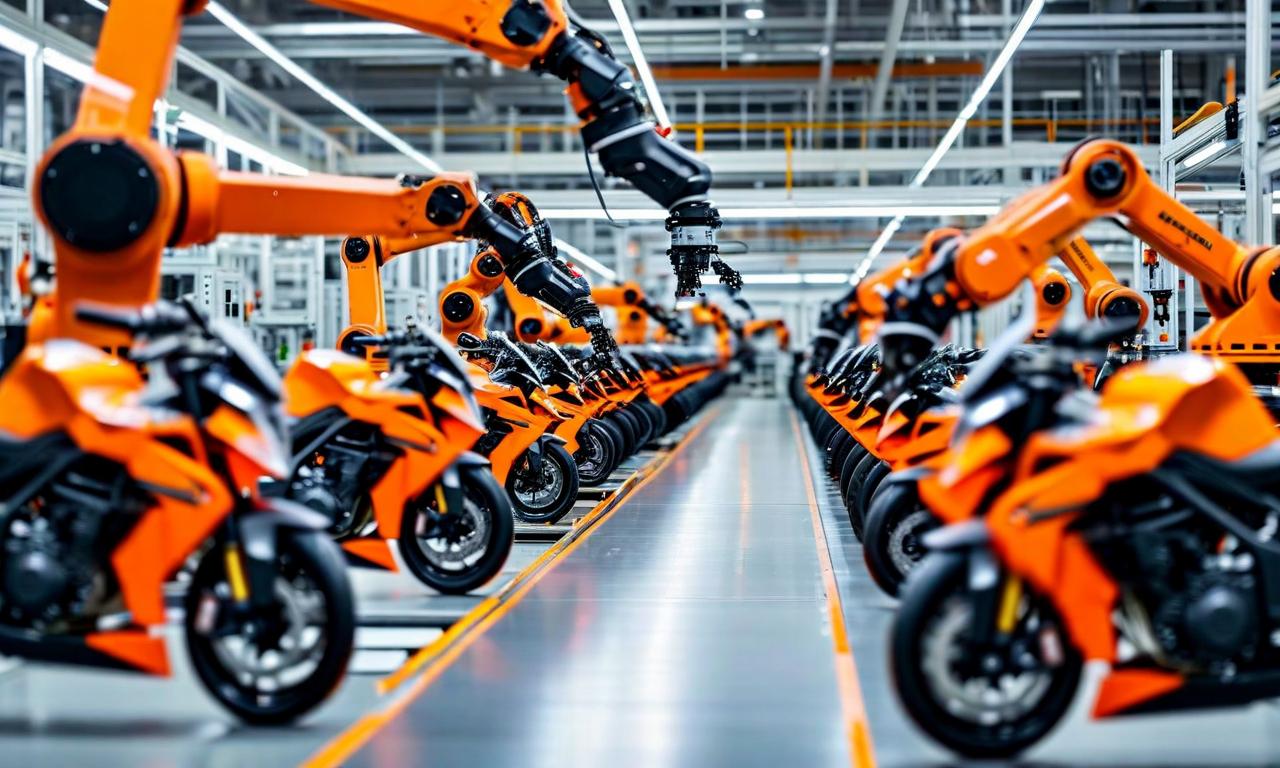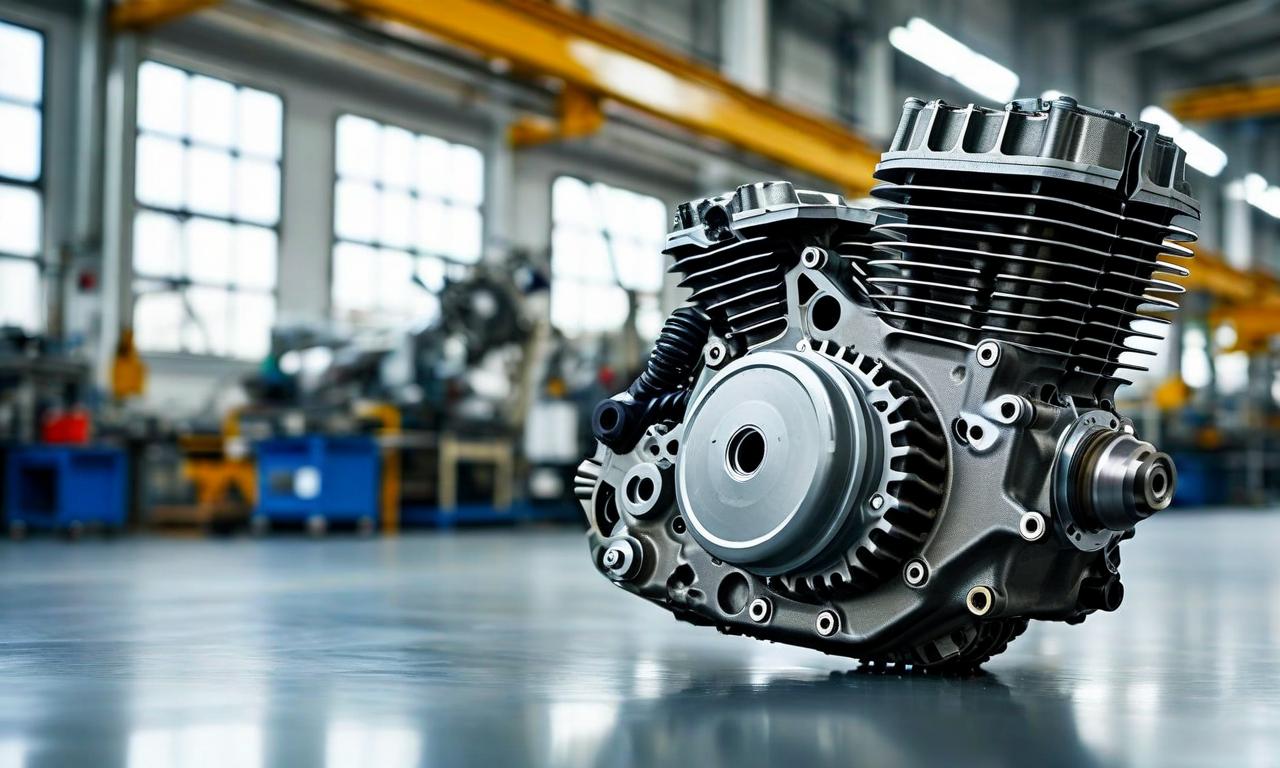Bajaj Auto's EV Portfolio Nears Double-Digit Margins, Contributes 20% to Domestic Revenue
Bajaj Auto reports significant progress in its electric vehicle (EV) segment, with the portfolio approaching double-digit operating margins and contributing over 20% to domestic revenue. The electric three-wheeler segment is operating near parity with ICE margins when including production-linked incentives. The Chetak electric scooter has improved unit economics, with some models achieving positive EBITDA. Chetak's market share in the electric two-wheeler segment reached 21% in Q1. The entire Chetak portfolio has transitioned to a new floorboard battery platform, with the launch of the 30 Series offering improved functionality and economics.
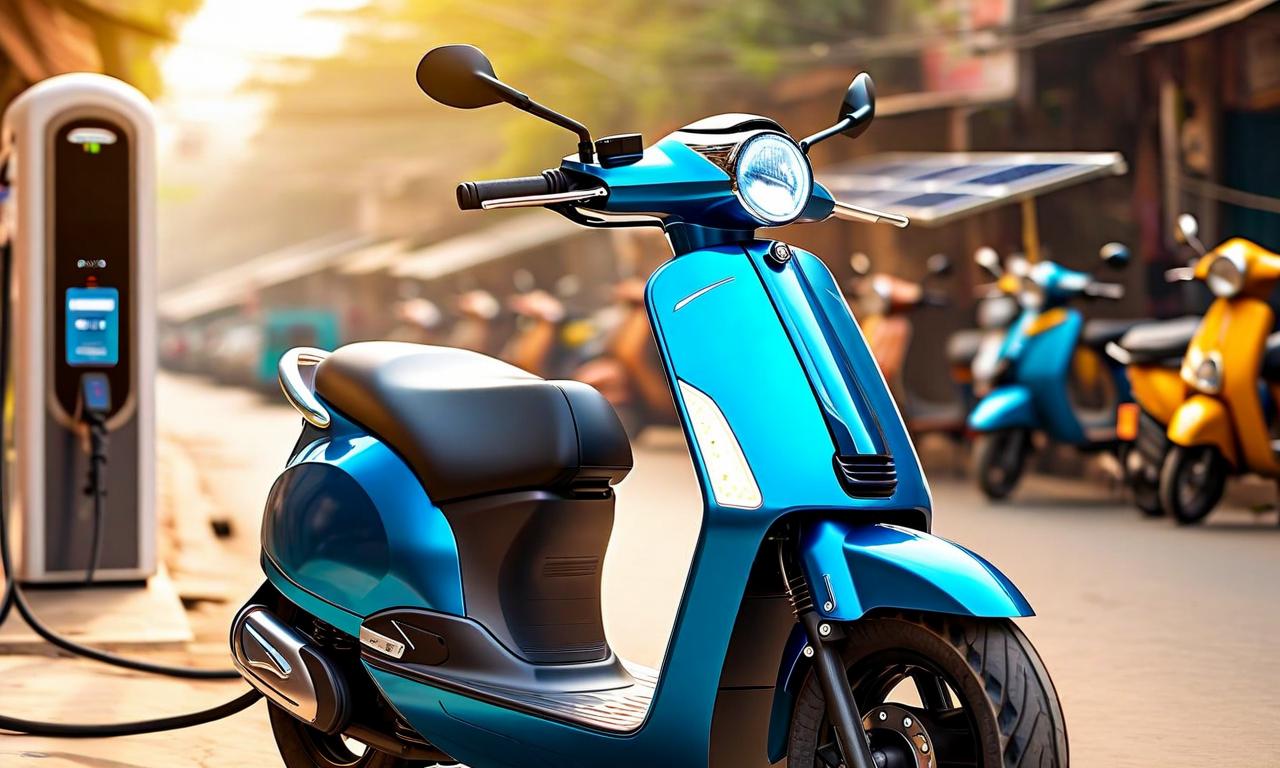
*this image is generated using AI for illustrative purposes only.
Bajaj Auto , a leading Indian automobile manufacturer, has reported significant progress in its electric vehicle (EV) segment, with the portfolio approaching double-digit operating margins and contributing over 20% to the company's domestic revenue. This development marks a notable milestone in Bajaj Auto's transition towards electric mobility.
EV Segment Performance
CFO Dinesh Thapar revealed that the electric three-wheeler segment is operating at near parity with internal combustion engine (ICE) margins when production-linked incentives are factored in. This achievement underscores the growing competitiveness of electric vehicles in the commercial segment.
Chetak's Market Share and Profitability
The Chetak, Bajaj Auto's electric scooter offering, has shown remarkable improvement in its unit economics. Some models of the Chetak have already achieved positive EBITDA, indicating a path towards profitability in the electric two-wheeler segment. The scooter's market share in the electric two-wheeler segment reached 21% in Q1, attributed to higher volumes and an improved product mix.
Technological Advancements
Bajaj Auto has taken a significant step forward with the entire Chetak portfolio transitioning to a new floorboard battery platform. The launch of the 30 Series brings improved functionality and better unit economics, potentially enhancing the scooter's appeal and profitability.
Overall Company Performance
While the EV segment is showing promising growth, it's worth noting that Bajaj Auto's overall operating margin stood at 19.70% for the June quarter. This indicates that while the company is making strides in the electric vehicle market, its traditional business continues to perform strongly.
Future Outlook
The approaching double-digit operating margins in the EV portfolio and its growing contribution to domestic revenue signal Bajaj Auto's successful foray into the electric vehicle market. As the company continues to innovate and improve its electric offerings, it appears well-positioned to capitalize on the growing demand for electric vehicles in India.
The progress in Bajaj Auto's EV segment reflects the broader trend of traditional automobile manufacturers adapting to the shift towards electric mobility. As the company continues to refine its electric vehicle strategy, it will be interesting to observe how this impacts its overall business performance and market position in the coming quarters.
Historical Stock Returns for Bajaj Auto
| 1 Day | 5 Days | 1 Month | 6 Months | 1 Year | 5 Years |
|---|---|---|---|---|---|
| +0.78% | +3.09% | +1.80% | +9.47% | +4.47% | +171.72% |
